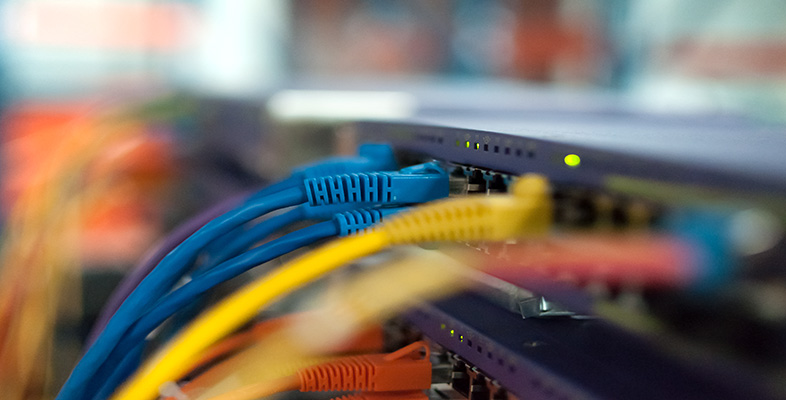6.4 Signal accuracy
In the Networked microsensors and the end of the world as we know it article, the author talks about sensors being able to link the 'world of events' with the 'electronic world of computers, processes and storage devices […] by integrating analogue sensing with digital processing […]' (Shepherd, 2003).
In the physical world, events usually take place as an ever-changing continuum. Time passes, the seasons change, temperatures fluctuate and water reservoirs fill and drain. All these happen as infinitesimally small changes in a continuum of change. But using IT to capture, store and manipulate data about these kinds of physical event requires a process of periodic sampling and then converting the sampled values into digital information. Similar principles apply when signals are converted from analogue to digital. The amount of digital information required to represent the original analogue signal depends on how close the representation needs to be. This will determine the number of samples needed and the number of quantisation levels.
Many control and monitoring applications don't require a high degree of accuracy. For example – if I wanted to provide just enough heat to prevent water from freezing in a tank I'd probably want a system that would provide some heat when the temperature fell to about 3°C or 4°C, but a variation of a degree or so above or below this would probably be adequate. (In practice, the position of the sensor in this example would also be very important because the temperature of a tank of water can vary across its volume.)
